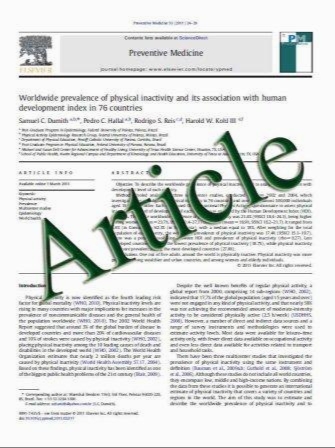Functional outcomes according to the size of the gastric remnant and type of reconstruction following laparoscopic distal gastrectomy for gastric cancer
- نوع فایل : کتاب
- زبان : انگلیسی
- مؤلف : Eiji Nomura Sang-Woong Lee George Bouras Takaya Tokuhara Michihiro Hayashi Masako Hiramatsu Jyunji Okuda Nobuhiko Tanigawa
- چاپ و سال / کشور: 2011
Description
Background In gastric cancer, various methods of gastric resection and reconstruction have been devised according to the location of the primary tumor and the depth of invasion. The functional outcomes of patients treated by laparoscopy-assisted or totally laparoscopic distal gastrectomy were compared with respect to the approach, size of the remnant stomach, and type of reconstruction. Methods Patients who required distal gastrectomy to treat early-stage cancer between May 2000 and December 2008 were treated by one of the four following procedures: Billroth Type I (B-1) reconstruction for 1/2 remnant stomach (1/2B1ML) or B-1 for 1/3 remnant stomach (1/3B1ML), through a mini-laparotomy following laparoscopy- assisted surgery; intra-corporeal B-1 for 1/2 remnant stomach (1/2 B1IC); or intra-corporeal Roux-en-Y for 1/3 remnant stomach (1/3RYIC). The primary outcome measure was digestive function, assessed by body weight, food intake, and degree of abdominal symptoms. The secondary outcome was morbidity. Results The 1/2B1ML (n = 27) and 1/2B1IC (n = 56) groups were significantly superior to the 1/3 resection groups in terms of the preservation of body weight. The 1/3B1ML (n = 29) and 1/3RYIC (n = 64) groups were associated with significantly decreased food intake compared with the 1/2B1ML group. Endoscopy revealed a greater incidence of esophagitis and gastritis among the 1/3B1ML patients compared with the 1/3RYIC patients. There were no operative deaths, and no differences in morbidity between the groups. Conclusion Patients with early-stage cancer actually benefit from 1/2 gastrectomy rather than the typical 2/3 gastrectomy. B-1 reconstruction is appropriate for patients with large gastric remnants, and intra-corporeal reconstruction in experienced hands is associated with no apparent disadvantages, while offering a favorable cosmetic result.
Gastric Cancer DOI 10.1007/s10120-011-0046-0 Received: 7 September 2010 / Accepted: 7 March 2011


